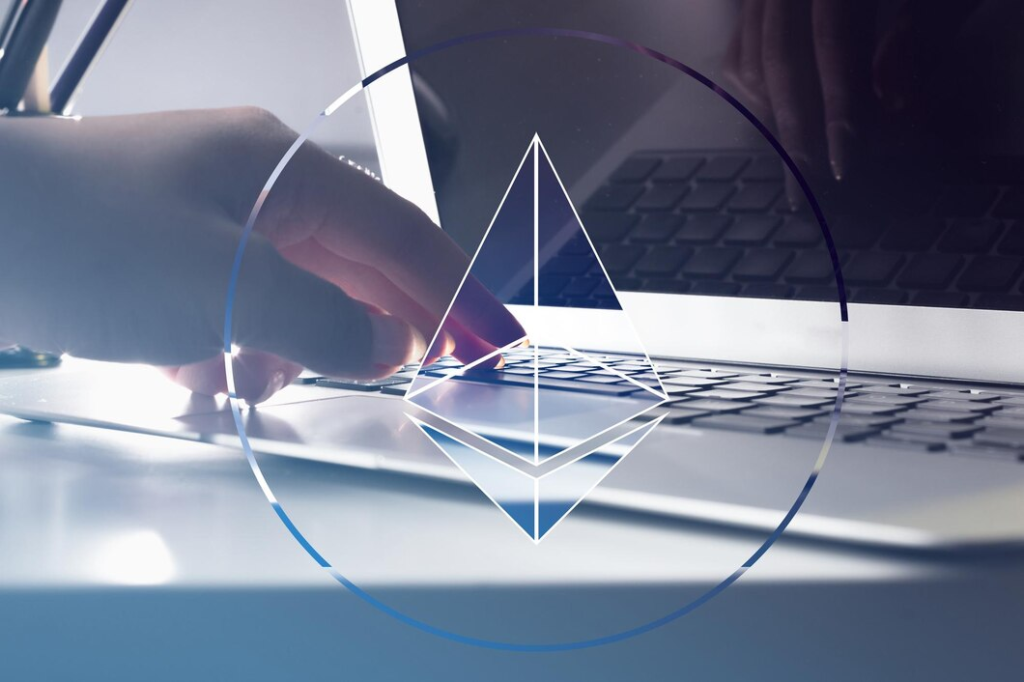Ethereum, the world’s second-largest blockchain network, is facing the question of how to rule its decentralized platform with a valid purpose but without the existence of any central authority. It is for this reason that it must develop a concrete, open, and inclusive way to set mandated changes and improvements in the protocol to ensure the long-term stability and growth of the ecosystem.
Whereas the governance model of Ethereum is unique in allowing off-chain approaches for moving towards decentralization, there is certainly no on-chain voting. The usual process holds wherein various stakeholders come into the picture: client teams, validation node operators, and dApp developers who collaborate and make proposals, discuss, and materialize them through Ethereum Improvement Proposals.
In this article, we delve into the specifics of Ethereum governance: the players, objectives, the orchestration framework, and the hardships met on the way to creating a transparent and alive decision-making structure. We will also study reasons that explain why Ethereum prefers off-chain governance and what such an approach can mean in a wider perspective.

What Is Ethereum Improvement Proposal (EIP)
Being the second-largest blockchain network in the world, Ethereum doesn’t fall too far behind Bitcoin owing to its ability to be cohesive and, like Darwin, adaptive use its environment. At the core of this process lies the Ethereum Improvement Proposals, or EIPs, that allow the community to bring about changes, discuss those changes, and further implement the changes in the Ethereum protocol.
The process of the EIP starts with a proposer who has the right technical know-how in the Ethereum community. He or she drafts a new EIP on the official Ethereum GitHub repository to make a proposal on the changes he or she wants to offer, why it is needed, and to consider any possible security matters or risks.
Gathering Feedback
Collaborating on new EIPs, the Ethereum community develops “rough consensus” in terms of whether the changes should be implemented or not. This is generally done in public forums, with the Ethereum Magicians being the most notable, where EIP authors can introduce their ideas, solicit feedback, and work to resolve any concerns brought forth by other contributors.
Core EIPs Review with Core Developers
For EIPs that propose major changes to the Ethereum protocol, officially called “core EIPs,” the authors are required to present their proposals to the Ethereum core developers in their triage meetings. The core developers will then very likely discuss the EIP and balance the feedback from the community, the technical rationale supporting the proposal, and the potential interest toward a rough consensus on whether to consider it or reject it.

Incorporating Community Feedback
If EIP is to be improved, then authors should consider the received feedback from the members of the community and make changes to their first-proposed EIP. This process will be iterative until all of the raised concerns are addressed and EIP receives the imperative approval.
Implementation and Testing
Once the EIP has been refined and verified by the developer, coding work to implement the changes should be carried out. Extensive testing is then done to ensure that the EIP is working correctly and is clear of new bugs and vulnerabilities to the system.
ACTIVATION and MONITORING
Later, EIP contains all the ratified modifications; thus, EIP is also included in a container of accepted proposals for modifications. This eventually goes live once a network up-gradation is triggered. This method is known as “hard fork” because all the nodes present in the Ethereum network have to install the new version of software. The EIP is then monitored very carefully for its proper functioning. It ensures that no new or undiscovered issues or risks are open.
Importance of EIPs
The EIP process is important for making the Ethereum network adaptive and innovative. It is through this process that the community proposes and implements changes critical to enhancing the network’s security, scalability, and functionality in the development of new innovative decentralized application designs.
A prime example of the EIP process at work is the replacement of Ethereum’s PoW consensus mechanism for the network with PoS, known widely as the “Merge.” Developed over years of deliberations, testing, and, finally, upgrades applied, it was unleashed through a series of well-proposed, discussed, and executed EIPs by the Ethereum community.

Conclusion
Ethereum Improvement Proposals speak to the core of the Ethereum network—the things that say it could make changes and remain adaptable to changing needs of users and developers. The EIP process reflects the commitment of the Ethereum community to transparency, decentralization, and a relentless push toward improvement, going to great lengths to ensure the network remains at the forefront of blockchain technology.
